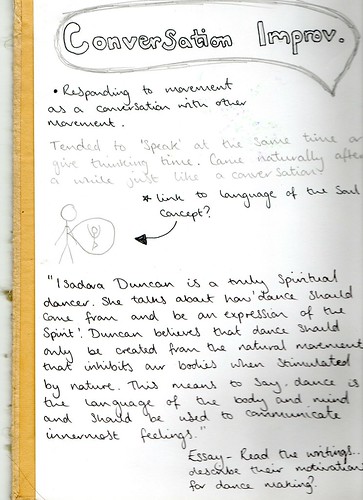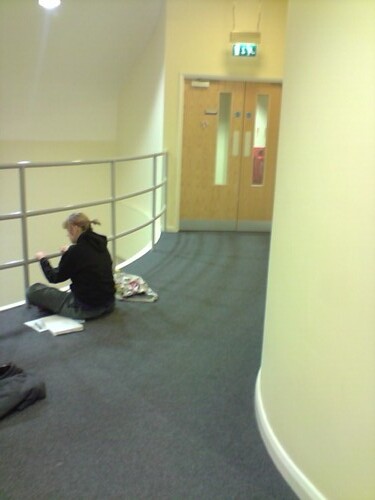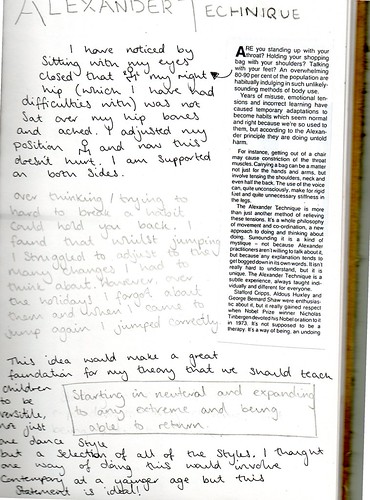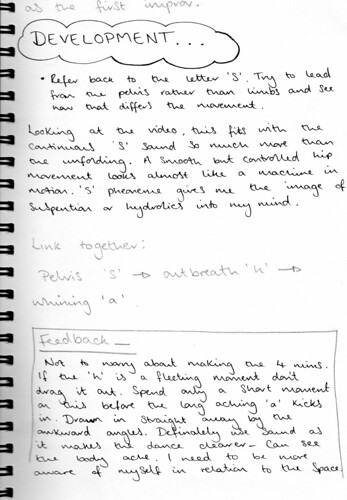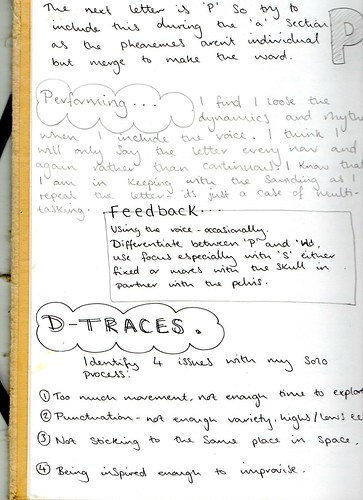This piece by Claire Cunningham is a shocking incite to
the healing qualities of dance. Cunningham lays bare her most personal memories literally retelling her story on stage through recorded and live voice.
She begins with movement on the floor as she talks through her mothers words about an A-bar that held her legs apart as a baby. There is
no sugar coating this biography and the audience recognise the struggles through the twisting and complicated movement Cunningham achieves with the single crutch. As she moves through to upright levels, the movement and balances she achieves using the crutches seem extremely uncomfortable and make the viewer feel marginally uneasy as
her body shakes from the strain. The atmosphere is tense and Cunningham has the whole room hanging onto her every movement. Perhaps for fear she may fall but this could be her intentions as it compliments her words nicely “…and if you fell down, that was it.”
The progression from this very contemporary movement into something that resembles ballet is subtle but the mood changes completely. The audience not only relax but are mesmerised by how her body shifts through the different positions and her grace as she moves around the stage on her crutches. Cunningham excels in making these crutches
extra limbs; they no longer look like restricting scaffolding to hold her up but seem to be a part of the structure of her body adding extra length and beautiful contours.
“I don’t even know who I am anymore… but I quite like that.” This line hits home for everyone in the room as the story Cunningham has retold hits home and her achievements as a dancer and the way she has proven all professionals wrong makes her an inspiration.
The journey Cunningham takes us on in only 17 minutes is one that pulls at your heartstrings through laughter, fear and empathy. She is a
whirlwind in a society that questions what disability and ability is as we leave with the question: as an able bodied dancer, could I do that?


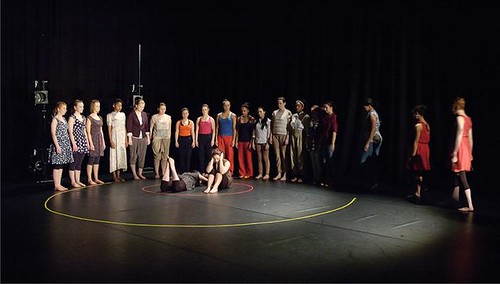

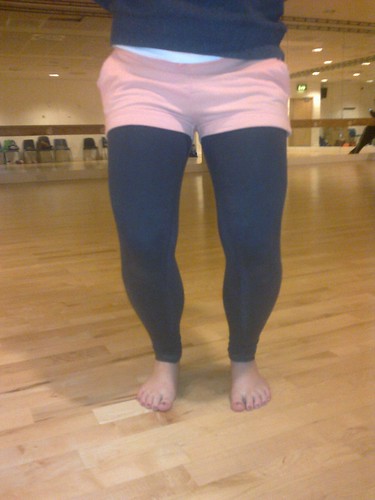
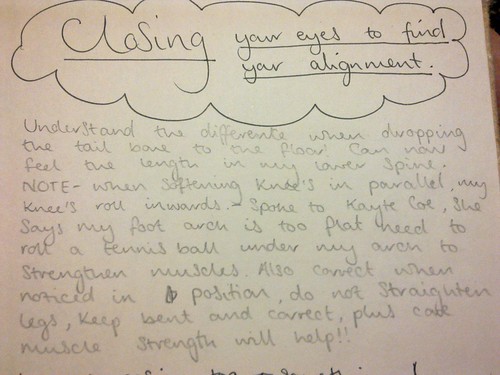
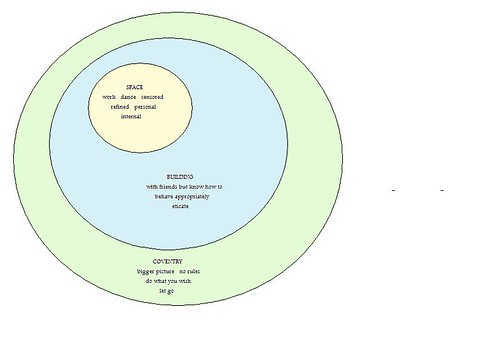

![P040211_15.55[01]](http://farm6.static.flickr.com/5014/5453755434_0013d3e88e.jpg)
